- Author Jason Gerald [email protected].
- Public 2023-12-16 10:50.
- Last modified 2025-01-23 12:04.
Kidney stones can be as small as sand, or larger than pearls. These stones form as a result of mineral deposits or other deposits in the kidneys, and can block the ureters, bladder, or urethra. Kidney stones are widely known to be painful to pass, especially when they block the flow of urine. In most cases, your doctor may advise you to drink more fluids until the kidney stones pass. Larger kidney stones can be broken down into smaller pieces using medical technology, so they can pass out of your body. See step 1 to find out how to dissolve kidney stones.
Step
Method 1 of 3: Treating Kidney Stones with Medical Procedures
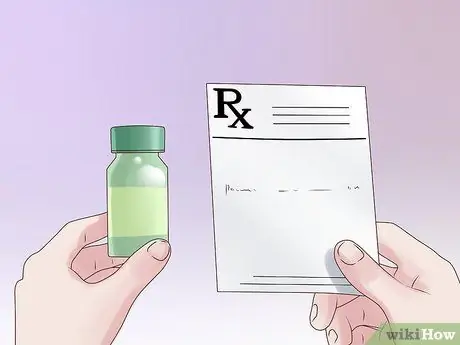
Step 1. Use medication
If you're having trouble passing a kidney stone on your own, your doctor may prescribe a type of medication called an alpha blocker, which relaxes the ureteral muscles so you can pass the stone more easily. This medication should be sufficient for small stones, but you will need other treatments to remove larger stones.
For uric acid kidney stones, for example, potassium citrate may be prescribed so that the stones dissolve on their own

Step 2. Perform extracorporeal shock wave lithotripsy (SWL)
This procedure uses sound waves to break up large stones, making them easier to remove. Because this procedure may be painful, the patient is usually given anesthesia for 30 - 45 minutes of the stone crushing process. This treatment is effective, but can cause bruising and pain as the stone shards eventually come out.
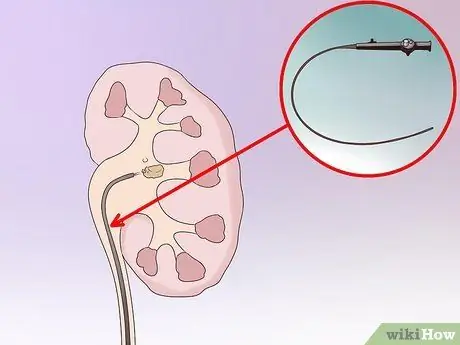
Step 3. Find out if the stone can be removed using a ureteroscope. Stones that are too large to be broken up by shock wave therapy, but too small to be surgically removed, may be removed using a scope that is inserted into the ureter. After the stone is found, it will be broken using the small tool. Because this procedure is very painful, local or general anesthesia is usually required.
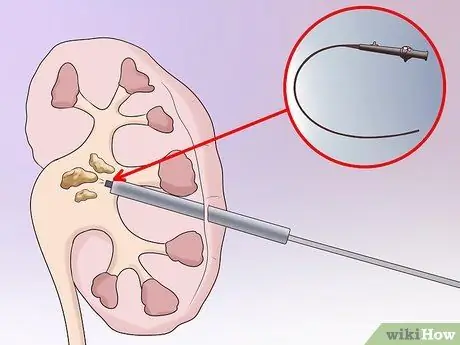
Step 4. Perform percutaneous nephrolithotomy surgery
For large stones that cannot be broken into pieces using shock wave therapy, surgery may be required to remove them. A small incision will be made on the patient's back, and a small instrument will be inserted into it to remove the kidney stone. This operation requires hospitalization.
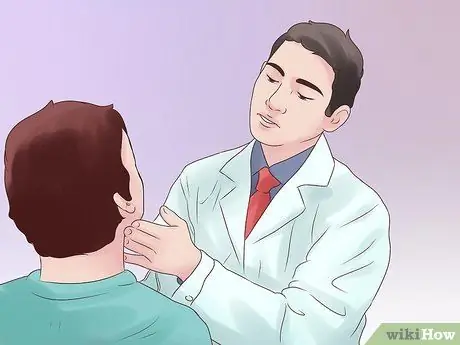
Step 5. Check if thyroid treatment is needed
In some cases, calcium kidney stones are caused by hyperparathyroidism, which occurs when the thyroid gland produces too much parathyroid hormone. This condition can occur when a small tumor grows in the thyroid gland, or when another condition causes overproduction of parathyroid. Once your doctor has determined the cause of hyperparathyroidism, he or she will suggest appropriate treatment to treat the problem.
Method 2 of 3: Treating Stones with Home Treatment

Step 1. Drink a few liters of water every day
No matter what type of stone you have, kidney stones that are smaller than 5 mm will usually pass on their own, without requiring medical intervention. If you can feel your kidney stone, but it's not too painful to treat, your doctor may advise you to drink 2 to 3 liters of water every day until the stone passes. Giving your body plenty of water will help remove kidney stones from your body.
- Try to drink enough water to produce clear urine. Clear urine is a sign that your body is really well hydrated.
- Caffeine, sugar, and alcohol-free drinks such as ginger soda, fruit juice, or green tea can also help meet your fluid needs. Avoid drinks containing caffeine, artificial sweeteners, sugar, or alcohol when trying to pass a kidney stone.
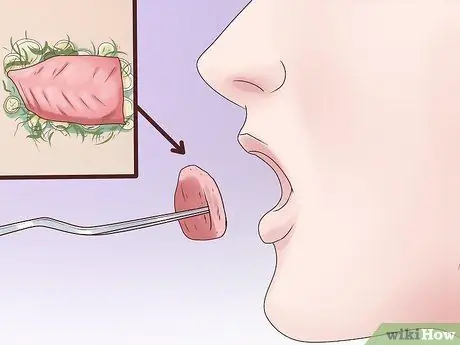
Step 2. Change diet to reduce stones
Because kidney stones are caused by the buildup of certain minerals, reducing the consumption of foods that contain these minerals can help reduce their size. This method is usually quite effective if you have calcium or uric acid stones.
- If you have calcium stones, reduce the consumption of the following foods that can make your condition worse: salty foods, dairy products, oysters, tofu, and fatty foods. If you have oxalate stones, you should cut down on foods high in oxalate content, such as rhubarb, grapes, spinach, sweet potatoes, coffee, and chocolate.
- If you have uric acid stones, reduce consumption of foods that contain uric acid: organ meats such as liver and kidneys, anchovies, sardines, beans, mushrooms, spinach, cauliflower, yeast, and alcohol.

Step 3. Drink a drink containing lemon every day
Whether drinking lemonade, lemon juice, lemon-lime drink, or just water with a few slices of lemon, the acidity of the lemon will help prevent the formation of kidney stones.
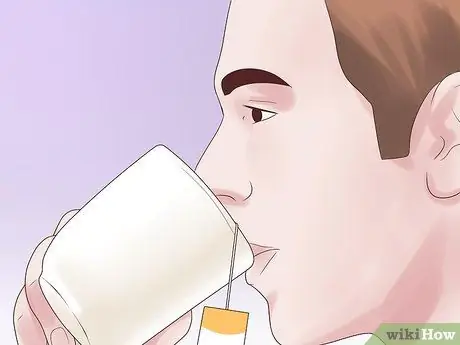
Step 4. Try herbal remedies
Although there is no herbal treatment that has been scientifically proven to be able to overcome kidney stones, many people feel that after consuming certain herbs, especially in the form of tea, the size of the kidney stones decreases so that they are easier to pass. Try the following herbal remedies to treat mild kidney stones:
- Birch leaf tea, which is said to help remove waste from the urinary tract.
- Black tea, which increases urine flow due to its diuretic properties.
- Nettle leaves are also a diuretic, and can help remove kidney stones from your body.
- Dandelion root, which is said to be effective as a kidney tonic.
- Apple cider vinegar, which is said to help dissolve stones. You can take 1 tablespoon (14.8 ml) of apple cider vinegar daily, or mix it with water.
- Avoid using roselle flowers, which can exacerbate calcium oxalate kidney stones.
- Banana stem juice is also a well-known treatment for kidney stones in India.
Method 3 of 3: Determining the Best Treatment
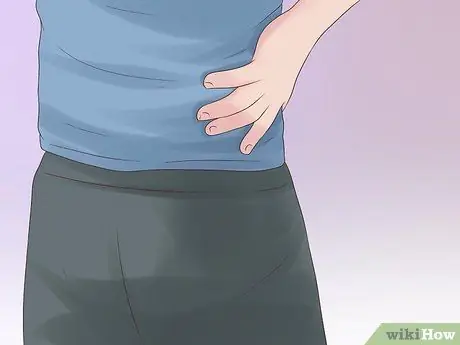
Step 1. Determine if you really have a kidney stone
Although not all kidney stones cause symptoms in sufferers, even very small stones can cause severe pain. If you've had multiple kidney stones, you're probably pretty sure you're getting them again. However, because the symptoms of kidney stones also occur in various other disorders, diagnosing them first is the right step so that you can treat them appropriately. The following are some of the common symptoms of kidney stones:
- Severe pain in the side and lower back, which often radiates to the abdomen and groin.
- Pain that comes and goes in waves, and occurs during urination.
- Urine that smells bad, is cloudy, pink or brown in color.
- Nausea and vomiting.
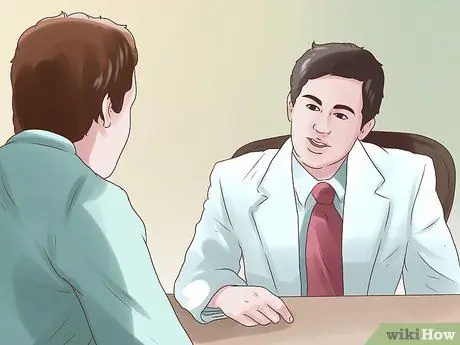
Step 2. Visit a doctor to have it scanned
Having an x-ray, CT scan, or ultrasound (depending on your doctor's advice) when you notice the symptoms of kidney stones is the best way to determine how best to treat it. Scan technology can show the size, shape and number of stones you have.
- If you have a stone that is smaller than 5 mm, your doctor may recommend home treatment to help the stone pass.
- If you have multiple stones, your doctor may prescribe medication, or suggest other medical treatments to break up the stones so you can remove them.

Step 3. Find out what kind of stone you have
All kidney stones show the same symptoms, but can be caused by different conditions. Knowing the cause of kidney stones will help you reduce their size and prevent them from forming again in the future. Your doctor may order blood or urine tests to determine what type of stone you have. After you remove a kidney stone, your doctor may send it to a laboratory to analyze the ingredients. The following are some types of kidney stones:
- Calcium stone: this is the most common kidney stone and is caused by high levels of calcium mixed with other compounds such as oxalic acid or uric acid. Your doctor may prescribe a thiazide diuretic or preparation that contains phosphates to dissolve these stones.
- Uric acid stonesThese stones form when the urine contains too much acid. The doctor will prescribe the drug allupurinol, which can help dissolve these kidney stones. In addition, your doctor may also prescribe potassium citrate to lower urine pH and dissolve uric acid stones.
- struvite stone: These stones can form after a urinary tract infection. To prevent struvite stones, your doctor may recommend that you keep your urinary tract clean and free of infection.
- cystine stone: this stone is caused by a rare genetic disease. This type of stone is more difficult to treat. Your doctor may require you to drink more fluids or prescribe medication to lower the level of cystine in your urine.
Tips
- Drink plenty of water every day to get rid of kidney stones. Once the stone is out, don't forget to drink plenty of water every day to prevent it from forming again.
- Be careful with cranberry juice long term. In the short term, this fruit juice is useful for removing kidney stones, or to treat urinary tract infections, but in the long term, cranberry juice is actually known as the CAUSE of kidney stones because of its high oxalic acid content.
- Reduce your risk of having kidney stones by drinking black or green tea every day. Research shows that black and green tea can lower the chances of kidney stones forming.






